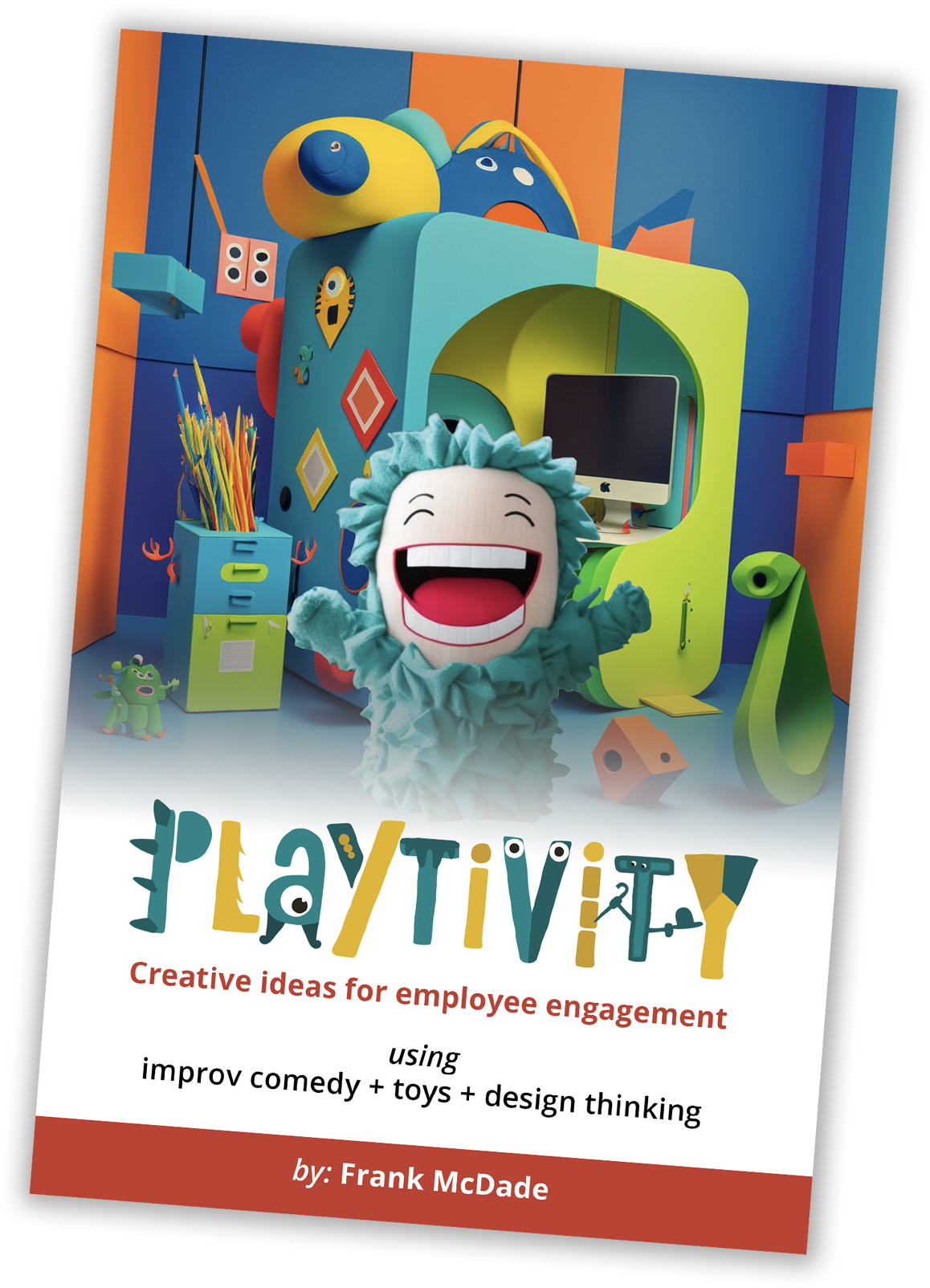Improvisation isn’t just for the stage—it’s also a powerful tool to enrich your storytelling and creative writing. By using improv exercises, writers can access new ideas, deepen character development, and add an organic flow to dialogue. Here are some techniques to get started:
1. “Yes, And” for Story Expansion
The “Yes, And” principle, an improv staple, encourages open-mindedness and idea building. When developing a story, say “Yes, And” to each idea that arises, even those that feel odd or unrelated. For instance, if a character’s backstory reveals they once lived in a remote town, explore “Yes, and how did that shape their view of the world?” This approach adds depth and keeps the creative process spontaneous.
2. Character Exploration Through Monologue
Improvised monologues can bring characters to life. Try embodying a character and speaking as them for a few minutes, reacting to a hypothetical situation (e.g., losing something valuable or receiving unexpected news). This process brings out quirks and unexpected emotions that may not emerge through traditional outlining alone. This exploration often leads to more nuanced characters.
3. Breaking the Expected with Absurd Prompts
Try using prompts that push your story into absurdity. Ask “What if…” questions that add a surreal twist, like “What if the sun never set in your character’s world?” or “What if everyone suddenly lost the ability to read?” Improv’s encouragement of the unexpected often reveals ideas that can be woven into surreal or heightened moments in the story, adding layers of interest and playfulness.
4. Physicality and Emotion in Storytelling
Improvised scenes are physical, which can bring fresh insight into emotional tone and pacing. Try acting out a scene physically or describing what you would do. How does the character move, and how does this reflect their emotional state? This method helps visualize actions and dynamics that add movement and energy to scenes on the page.
By using these improv techniques, writers can keep the storytelling process fluid, creative, and full of surprises. Improv offers a way to access deeper parts of a story, helping craft compelling characters, engaging dialogue, and rich settings that connect with audiences. So next time you’re writing, try stepping into your character’s shoes, saying “Yes, And,” and letting the story come to life in the moment.
